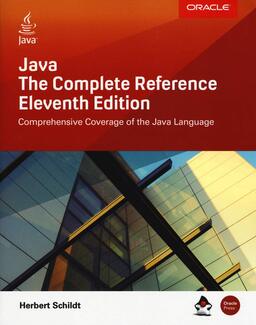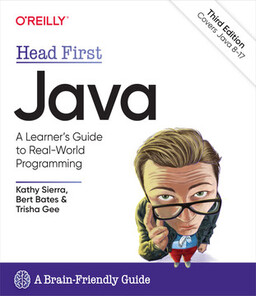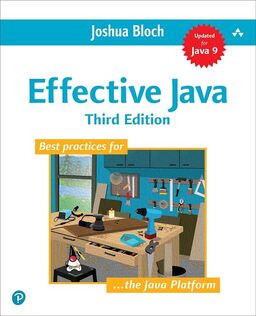Additional resources #
You are free to use additional resources (web sites, IDE generated code, Copilot, etc.) to solve the course’s assignments and/or develop your project.
However, make sure that you understand the code that you submit.
Java’s syntax #
This website contains Java code snippets that illustrate how to perform certain operations. However, this documentation is far from exhaustive (on purpose).
When it comes to syntax, the first two sources of complementary material for this course are:
- the Javadoc of the libraries (standard and auxiliary) used in projects and assignments. An IDE is often the fastest way to navigate through it, and
- the web.
Books #
An (optional) reading list for this course is available in the catalogue of the Unibz’s library. All books can be accessed via the library (either physically or digitally).
Among these books, we highlight the following three:
Introductory textbooks #
Java : the complete reference (11th edition) by Herbert Schildt McGraw-Hill Education, 2019
This is a general introductory book to Java and object oriented programming. It covers most topics seen in this course (and a lot more).

Head First Java (3rd edition) by Kathy Sierra, Bert Bates and Trisha Gee O’Reilly Media, 2022
This is an alternative introductory book, less comprehensive, but with more emphasis on problem solving (rather than syntax).

Good practices (intermediate level) #
Effective Java (3rd edition)
by Joshua Bloch
Addison-Wesley Professional, 2017
This is a reference book for best practices and common pitfalls when programming in Java (and more generally in an object-oriented language).
